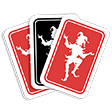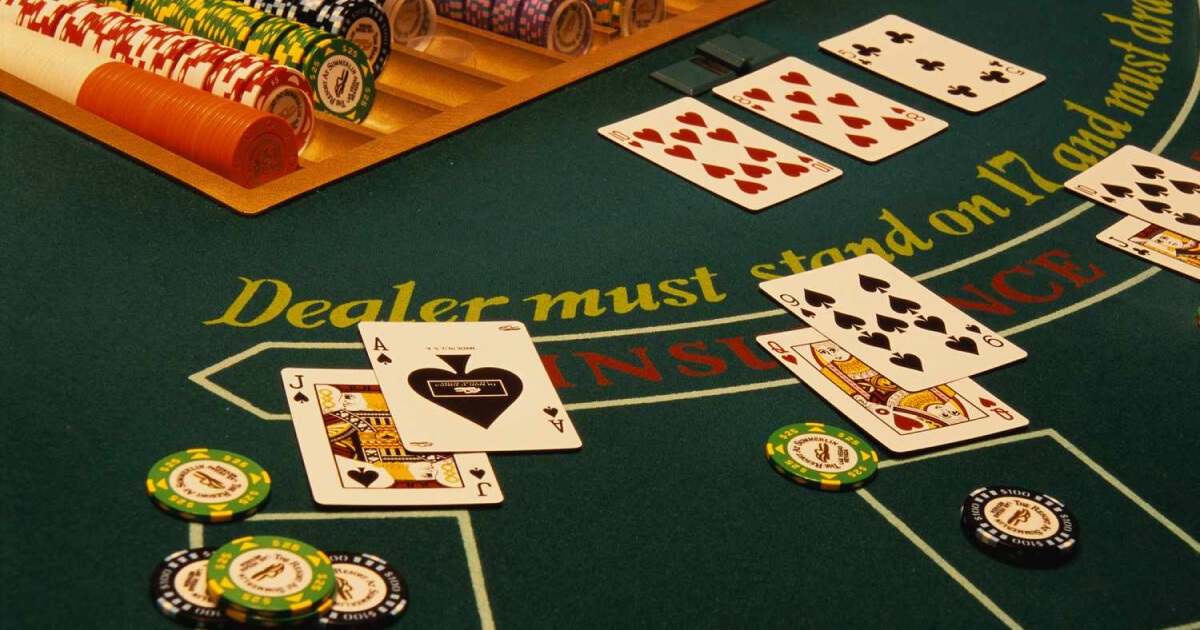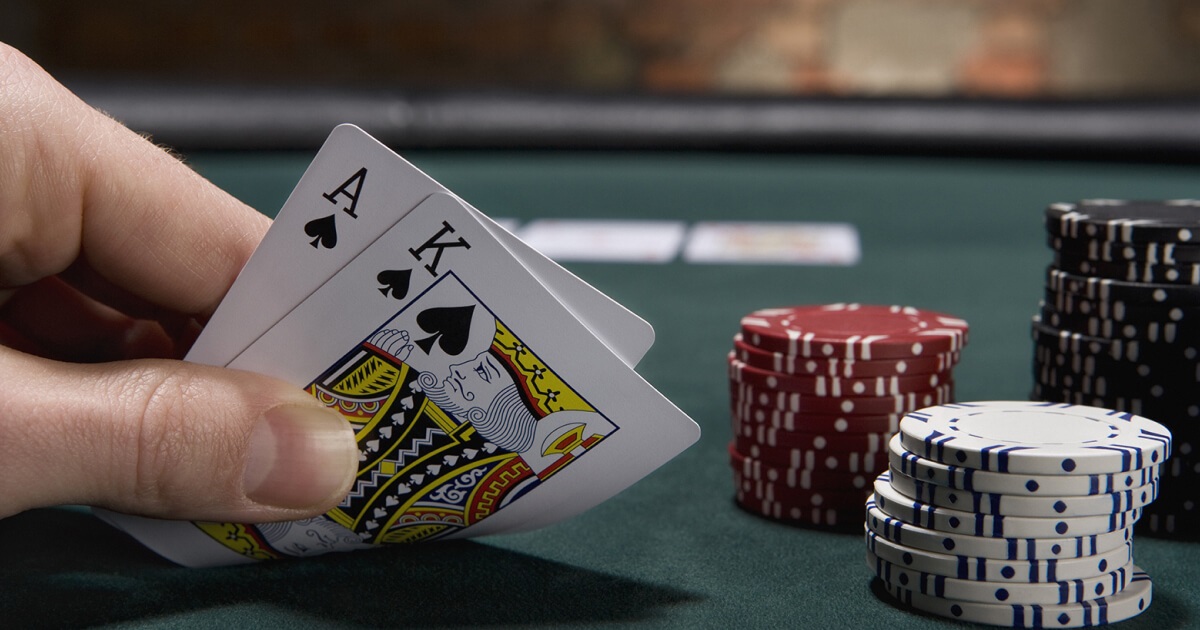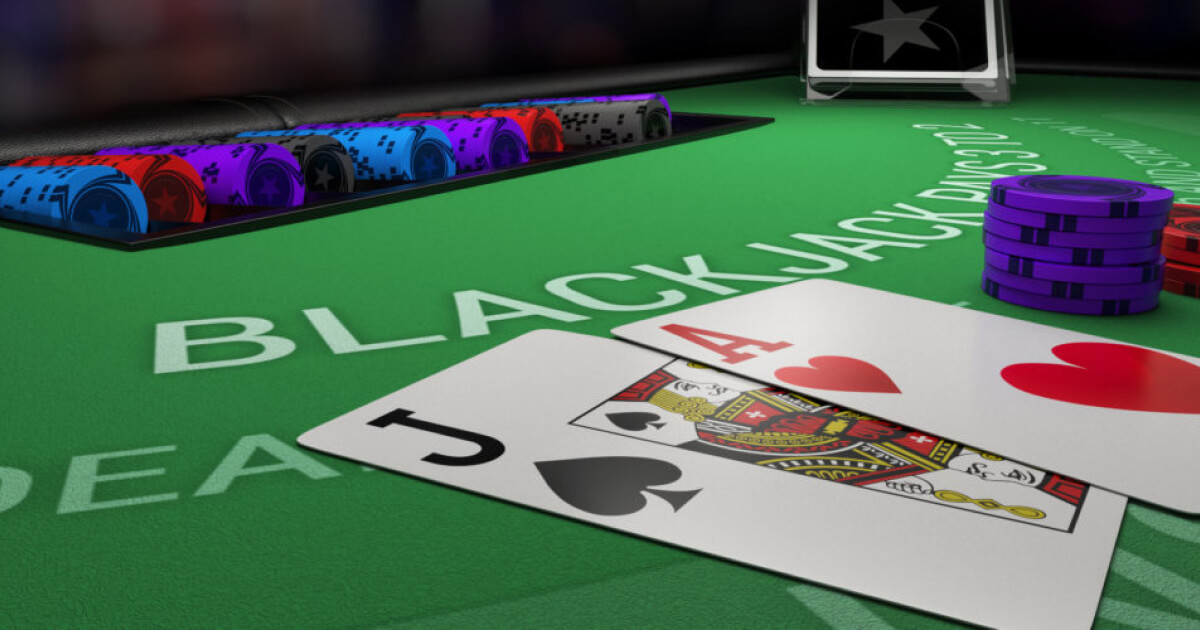The popular casino card game Blackjack is an exciting mix of chance and technique. The main objective is to get a hand worth closer to 21 without surpassing the dealer. This book will expose you to the basic guidelines and techniques for conquering this interesting game.
The Objective of Blackjack
Outscoring the dealer without going beyond a hand value of 21 is Blackjack’s main objective. Unlike popular belief, the goal is mostly a struggle between you and the dealer; it focuses not on surpassing other players at the table.
How to Beat the Dealer
- Higher Hand Value: Get a hand worth over the dealer’s without going over 21.
- Dealer Bust: Over twenty-one, the dealer draws a hand value.
- Blackjack: Draw a natural blackjack—an Ace and a ten-value card—with your first two cards while the dealer does not.
How to Lose to the Dealer
- Bust: Your hand value exceeds 21.
- Lower Hand Value: The dealer’s hand value is higher than yours at the end of the round.
Independent Hands
Remember, the other players’ hands do not affect your outcome. In Blackjack, each player’s competition is solely with the dealer.
Also See: How to Play Double Solitaire: Setup, Rules and Strategies
Understanding Hand Values
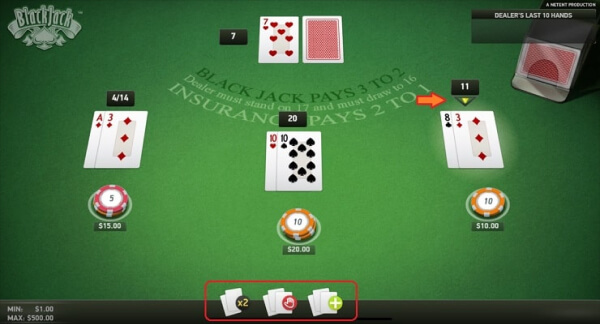
Played with a conventional 52-card deck, Blackjack has no regard for the suits.
- Number Cards (2-10): Count as their face value number cards between 2 and 10.
- Face Cards (J, Q, K): each counts as ten.
- Aces: Aces may be counted as either 1 or 11 based on whatever value best helps the hand.
Blackjack Table Layout
Usually up to seven, Blackjack is played on a semicircular table that fits many numbers of players. The dealer stands behind the table and the chip rack, while the players sit on the other side.
How to play Blackjack: A Step-by-Step Guide
1. Buying Chips
You need casino chips to begin playing. Generally speaking, cash plays are not permitted. Lay your money on the table; the dealer will arrange it for the cameras, and a pit manager will check the total. The dealer then trades chips for your money.
2. Placing a Wager
Before the cards are turned over, lay your stake in the betting circle. The table shows betting restrictions; minimum bets frequently begin at $5.
3. Dealing the Cards
The dealer deals one card face up to every player and one card face down to themselves. After dealing another round of cards, the dealer’s second card is face up. Now, every player has two cards face up, and the dealer has one card up and one down.
4. Playing Your Hand
Players then decide how to play their hands, starting from the dealer’s left:
- Stand: Keep your current hand. Signal by waving your hand or placing an open palm over the felt.
- Hit: Draw additional cards to improve your hand. Tap the felt to indicate a hit.
- Double Down: Double your bet and receive only one additional card. Place an equal wager next to your original bet and indicate with one finger.
- Split: If dealt a pair, you can split them into two hands. Make an additional bet and signal with a peace sign.
- Surrender: Forfeit your hand and reclaim half your bet. Draw an imaginary line behind your bet and verbalize “surrender” for clarity.
5. Dealer’s Turn
The dealer then plays their hand:
- Stand: The dealer stands on 17 or higher.
- Hit: The dealer hits 16 or lower.
- Soft 17: Depending on the house rules, the dealer may hit on a “soft 17” (Ace and Six).
6. Payouts
- Dealer Busts: Players still in the game are paid even money.
- Dealer Makes a Hand: Compare hand values. Higher hands win even money, equal hands result in a push, and lower hands lose the bet.
Special Situations
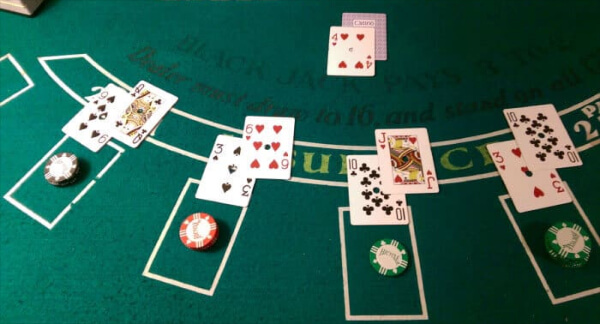
Insurance and Even Money
When the dealer’s up-card is an Ace, players can take insurance against the dealer having a blackjack. This side bet pays 2 to 1 if the dealer has a ten-value card in the hole. Basic strategy players should avoid insurance and even money bets.
Non-Insurable Dealer Blackjack
If the dealer shows a ten, they check for Blackjack immediately. If the dealer has Blackjack, all bets are lost unless the player also has Blackjack, resulting in a push.
Dead Hand
If all players bust before the dealer plays, the dealer reveals their hole card and discards the cards without further play.
Side Bets
Modern blackjack tables often feature various side bets, which should generally be avoided as they favor the house significantly.
Blackjack Rule Variations
Doubling After Splitting (DAS)
Some casinos allow doubling down after splitting, which is advantageous for players.
Re-Splitting Aces (RSA)
Permits splitting aces up to four hands, though usually only one additional card per ace is allowed.
Early Surrender
This favorable rule allows surrender before the dealer checks for Blackjack, but it’s largely extinct.
6 to 5 Blackjack
This rule reduces blackjack payouts from 3:2 to 6:5, increasing the house edge.
Continuous Shuffling Machines (CSM)
These machines prevent card counting by continuously shuffling used cards back into the deck.
Deck Penetration
The depth at which the dealer reshuffles affects the game, with greater penetration being more favorable to card counters.
Blackjack Variants to Avoid
Super Fun 21
Despite its appealing rules, it pays blackjacks at even money, increasing the house edge.
Spanish 21
This variant removes all tens from the deck, undermining the beneficial rules.
Free Bet Blackjack
Offers free doubles and splits but pushes on dealer 22, doubling the house edge.
Blackjack Switch
Allows switching the top cards of two hands but pushes on dealer 22 and pays even money for blackjacks.
Conclusion
Maximizing your chances of winning at Blackjack depends on knowing its rules and techniques. Stay with a simple approach, steer clear of side bets and negative rule changes, and be cautious of blackjack variants, which greatly raise the house’s advantage. We hope this article on how to play Blackjack is useful to the readers.
